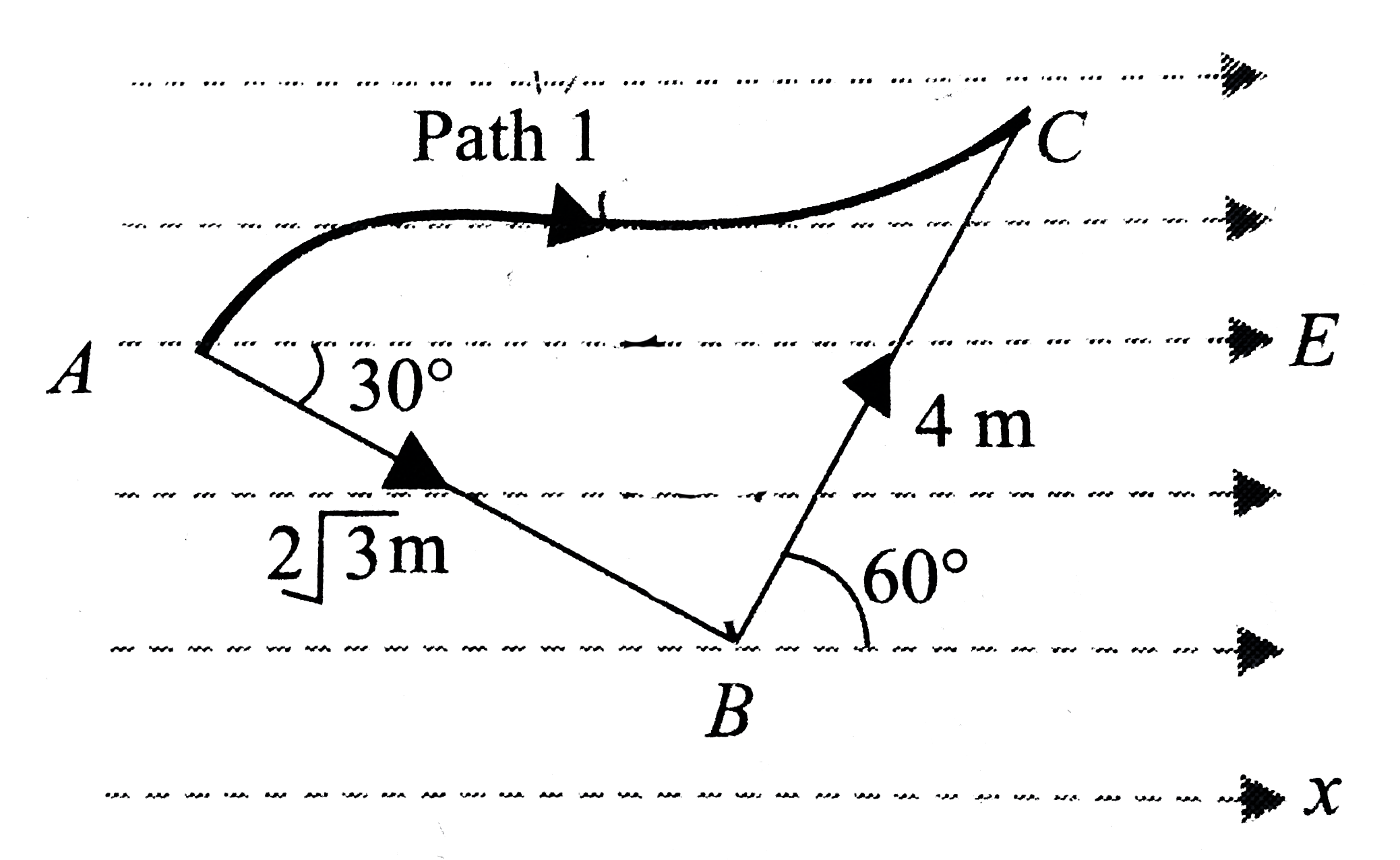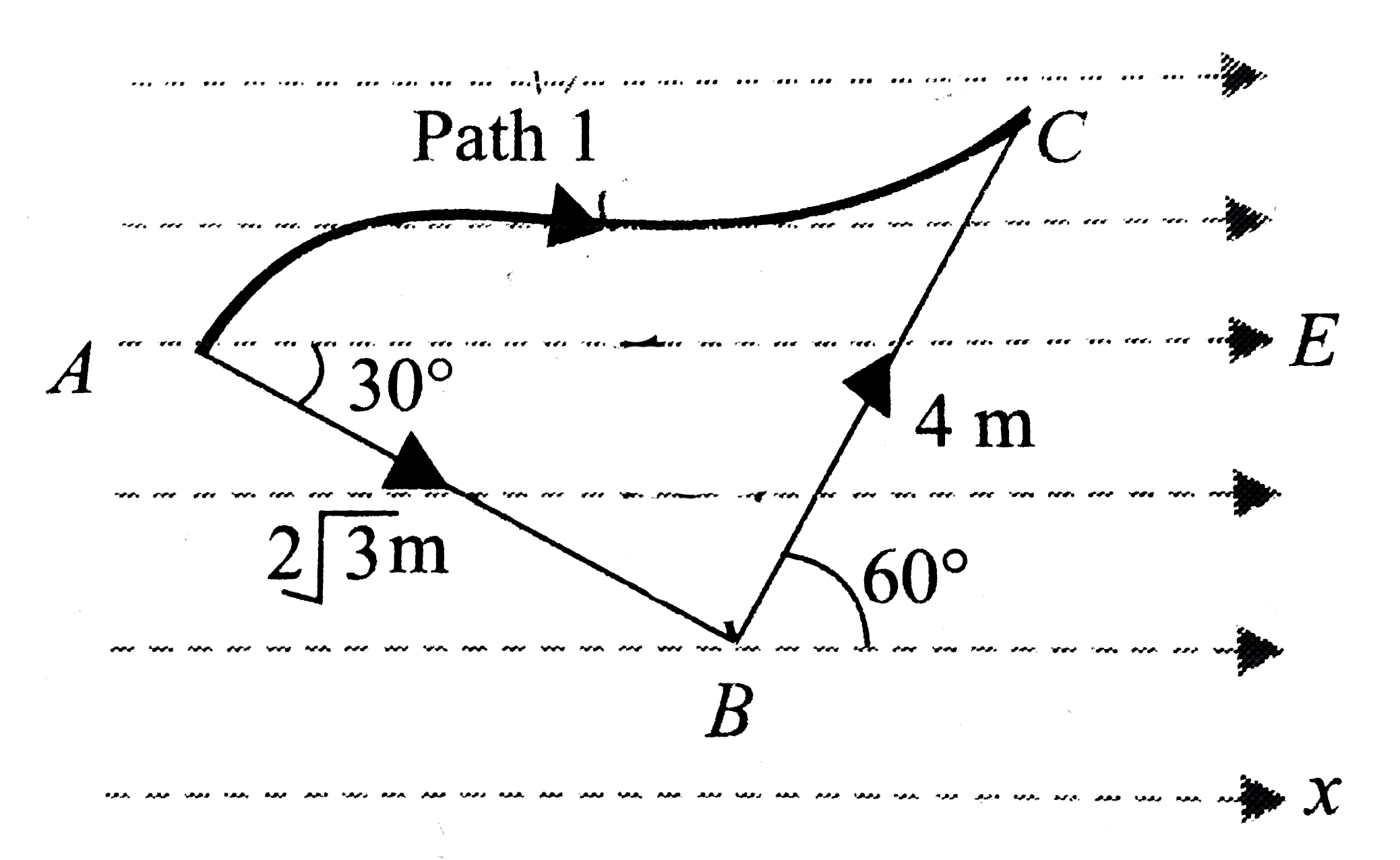Consider two ‘postulates’ given below:(i) Given any two distinct points A and B, there exists a third point C which is in between A and B.(ii) There exist at least three points that are not on the same line. Do these postulates contain any undefined terms? Are these postulates consistent? Do they follow from Euclid’s postulates? Explain.
To analyze the two given postulates, we will break down the problem into several steps:
Step 1: Identify Undefined Terms
First, we need to identify if the postulates contain any undefined terms.
- Postulate (i) states: "Given any two distinct points A and B, there exists a third point C which is in between A and B."
- Postulate (ii) states: "There exist at least three points that are not on the same line."
Undefined Terms: The terms "point" and "line" are considered undefined terms in Euclidean geometry. They are fundamental concepts that do not have formal definitions but are understood intuitively.
Step 2: Check for Consistency
Next, we need to check if these postulates are consistent with each other.
- Consistency: A set of postulates is consistent if there is no contradiction among them. In this case, both postulates can coexist without contradicting each other. The first postulate allows for the existence of points on a line, while the second postulate states that there are at least three points not on the same line, which is also true.
Step 3: Relation to Euclid’s Postulates
Now, we will determine if these postulates follow from Euclid’s postulates.
- Relation to Euclid’s Postulates:
- Euclid’s first postulate states that a straight line can be drawn joining any two points. This supports the first postulate, as it implies the existence of a line segment between points A and B, and thus a point C can exist between them.
- Euclid’s second postulate states that any straight line segment can be extended indefinitely in a straight line. This allows for the existence of multiple points along a line.
- Euclid’s fifth postulate (the parallel postulate) implies that through a point not on a line, there is exactly one line parallel to the given line, which supports the existence of points not on the same line.
Conclusion
In summary:
1. The postulates contain undefined terms: "point" and "line."
2. The postulates are consistent with each other.
3. The postulates can be derived from Euclid’s postulates.
First, we need to identify if the postulates contain any undefined terms.
- Postulate (ii) states: "There exist at least three points that are not on the same line."
Next, we need to check if these postulates are consistent with each other.
Now, we will determine if these postulates follow from Euclid’s postulates.
- Euclid’s first postulate states that a straight line can be drawn joining any two points. This supports the first postulate, as it implies the existence of a line segment between points A and B, and thus a point C can exist between them.
- Euclid’s second postulate states that any straight line segment can be extended indefinitely in a straight line. This allows for the existence of multiple points along a line.
- Euclid’s fifth postulate (the parallel postulate) implies that through a point not on a line, there is exactly one line parallel to the given line, which supports the existence of points not on the same line.
In summary:
1. The postulates contain undefined terms: "point" and "line."
2. The postulates are consistent with each other.
3. The postulates can be derived from Euclid’s postulates.
Topper's Solved these Questions
- INTRODUCTION TO EUCLIDS GEOMETRYBOOK - NCERT ENGLISHCHAPTER - INTRODUCTION TO EUCLIDS GEOMETRYEXERCISE - Exercise 5.2
2 Videos
- HERONS FORMULABOOK - NCERT ENGLISHCHAPTER - HERONS FORMULAEXERCISE - Solved Examples
6 Videos
- LINEAR EQUATIONS IN TWO VARIABLESBOOK - NCERT ENGLISHCHAPTER - LINEAR EQUATIONS IN TWO VARIABLESEXERCISE - Exercise 4.1
2 Videos
Similar Questions
Mark the following points on a sheet of paper. Tell how many line segments can be obtained in each case: Two points A, B. Three non-collinear points A, B, C. Four points such that no three of them belong to the same line. Any five points so that on three of them are collinear.
View SolutionThree distinct point A, B and C are given in the 2-dimensional coordinates plane such that the ratio of the distance of any one of them from the point (1,0) to the distance from the point (−1,0) is equal to 13. Then, the circumcentre of the triangle ABC is at the point
View SolutionThree distinct points A, B and C are given in the 2aedimensional coordinate plane such that the ratio of the distance of any one of them from the point (1, 0) to the distance from the point (–1, 0) is equal to 13.Then the circumcentre of the triangle ABC is at the point :
View SolutionThree distinct points A, B and C are given in the 2aedimensional coordinate plane such that the ratio of the distance of any one of them from the point (1, 0) to the distance from the point (–1, 0) is equal to 13.Then the circumcentre of the triangle ABC is at the point :
View SolutionWe know that the slopes of two parallel lines are equal. If two lines having the same slope pass through a common point, then they will coincide. Hence, If A, B and C are three points in the XY-plane, then they will lie on a line i.e. three points are collinear if and only if slope of AB=slope of BC.

View SolutionWrite the truth value (T/F) of each of the following statements: Two lines intersect in a point. Two lines may intersect in two points. A segment has no length. Two distinct points always determine a line. Every ray has a finite length. A ray has one end-point only. A segment has one end-point only. The ray AB is same as ray BA Only a single line may pass through a given point. Two lines are coincident if they have only one point in common.
View SolutionIn a certain region, electric field E exists along the x - axis which is uniform. Given AB=2√3m and BC=4m. Points A, B, and C are in xy plane.
 .
.
find the potential difference VC−VB between the points CandB.
View SolutionIn a certain region, electric field E exists along the x - axis which is uniform. Given B=2√3m and BC=4m. Points A, B, and C are in xy plane.
 .
.
Find the potential difference VA−VB between the points AandB.
View SolutionAandB are two points in the xy-plane, which are 2√2 units distance apart and subtend an angle of 900 at the point C(1,2) on the line x−y+1=0 , which is larger than any angle subtended by the line segment AB at any other point on the line. Find the equation(s) of the circle through the points A,BandC.
View SolutionConsider the family of circles x2+y2−2x−2ay−8=0 passing through two fixed points A and B . Also, S=0 is a cricle of this family, the tangent to which at A and B intersect on the line x+2y+5=0.
The distance between the points A and B , is
View Solution
